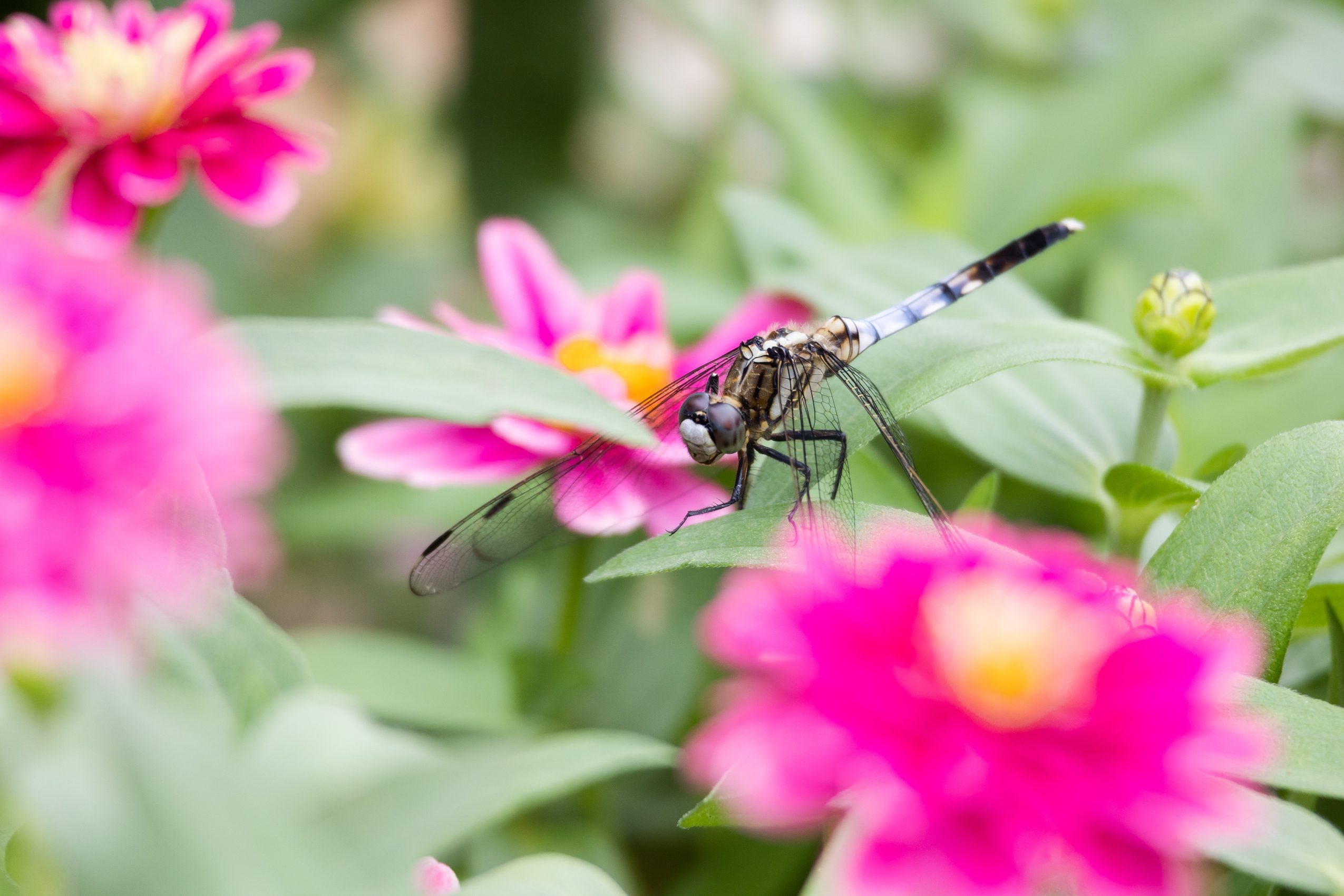I tend to overdo things. It’s not my greatest personality trait, but it has led to some interesting results, like turning the simple hobby of making a couple necklaces for myself into an accidental business, or reaping too much abundance out of my love of homegrown heirloom tomatoes.
Honestly, overdoing it in the garden is probably part of my personal brand at this point. But this year I had a putative excuse: I had moved into a new home last July, which meant I sat out an entire gardening season (the horror!) and found myself in a craze last fall to turn some of our property’s great expanse of lawn into garden beds.
Which meant digging. Removing sod from a 16’x16’ plot for the vegetable bed. Digging out the barberry and burning bushes along the foundation, non-native, invasive plants both (but well-liked and well-planted by many because they are no-care plants with a showy fall color). Digging to pull out many of the very large rocks in places I wanted to put gardens. Digging to see how thick and unforgiving the clay deposits are that run through my property, so I could assess the best way to help my clay become soil.
I learned I had a lot of clay because, shortly after moving in, I planted a smoketree in a burst of optimism (and just to get one single plant in the ground I could call my own). But I unwittingly sentenced it to death when I drowned it with moderate watering, not yet knowing I not only had clay in this spot, but claypan. I pulled the plant out of the ground a few weeks after it gave up the ghost, only to find three inches of still-standing water. (The smoketree was moved to a different location and is doing just fine now.)
The discovery of the clay deposits was fascinating and should haven’t surprised me. I live in the Hudson Valley, after all. Large stretches of the region are layered with thick deposits of clay left from lakes that likely existed during the Ice Age and, at the turn of the 20th century, we were home to a booming brick-making industry here. I actually found a few veins of solid silvery-gray clay (from the shale) and another of red (iron deposits). I dug some out and made a fist, and now have two hardened sculptures in the shape of the inside of my hand to keep for all time.
Fascinating — but discouraging. Sure, clay soil has many benefits we know and treasure (more fertility, holds moisture well) but having solid veins of clay is very different from having clay soil. Digging was a necessity.
 A dragonfly perched on a flower in a garden.
A dragonfly perched on a flower in a garden. I worked two yards of organic matter up against those veins, then mounded more compost above. It was serious toil. And all that muscle did create a moderately fertile garden bed for the first year out. But now, the digging is done. For good.
This doesn’t mean I’m not putting in new beds for next year — I have plans and hopes and dreams for an iris bed running the length of our post-and-rail fence, for one, and a separate plot for the melons so they can run free and wild. It just means it’s time to let nature do what it does best. Which is pretty much everything.
I want to do even more to benefit the greater environmental good, which actually translates to doing less — so much less! — to get out of nature’s way. I need to commit mentally to becoming a garden under-doer. Knowing what not to do — and when to leave well enough alone — is at the heart of regenerative agriculture (or, regenerative gardening, to scale it down from farm to garden plot).
As a conscious gardener, I want to be a good steward. I am 100% organic in the ways I battle pests and feed my plants. I use rain barrels and drip irrigation and other low-water practices (and let more than a few things die back this summer during the worst of our Northeast drought). I tolerate weeds among my vegetables and flowers and hand-pull them only when and where I must, instead of cultivating the soil. I’m not in love with the great expanse of lawn at my new house and don’t ever water or feed it (the volume of crabgrass therein tells the tale) and have plans to slowly turn most of it into meadow. I planted 10 trees when I moved to this house of too-much-lawn. I plant native plants to battle the invasive plants that have taken hold at the edges of my rural property.
No till? No problem. Leave my leaves on the ground to protect pollinators over the winter? Done and done.
The new beds I’ll make for spring I am starting this fall, and not by digging. I am instead placing a layer of cardboard directly onto the grass, and covering it with kitchen scraps and compost, giving nature a turn at improving my soil and taking my muscle out of it. The cover crops I’ve planted — which already help combat carbon loss, by not letting naked earth breathe carbon into the air — I will not turn into the soil come spring. Rather I will “chop and drop” (also known as “field composting), letting the plants send their nutrients directly into the soil as they decompose, without sacrificing any carbon or nitrogen by turning them under. I’ve also planted tillage radish (daikon) in the vegetable and flower beds to let their roots reach a foot or more down into my soil (take that, claypan!).
I have long known the concept of a “carbon sink” and I remember being floored years ago by the notion that the Amazon forest absorbed nearly a quarter of the world’s carbon dioxide emissions. (Regrettably, that number is in decline, due to the changes in our environment.) But it wasn’t until recently that I realized my gardens can be a carbon sink, too. And that my garden, paired with your garden (and yours and yours and yours, too), could somehow stitch together to create a meaningful environmental defense, well above providing a happy home for the bees and the butterflies and the birds and the bugs of our regions.
My brilliant thought had been had by a smarter person well before me: entomologist Douglas Tallamy, who has done extensive studies on how the takeover of invasive non-native plants has led to serious decline in the bugs that should be thriving here — further threatening the native plants that depend on those bugs. He founded the organization Homegrown National Park, making the case that, collectively, we 81 million U.S. gardeners can create the “wildlife preserve” that will save our native species.
And all we have to do is: less. Let fallen leaves lie. Don’t turn your soil — feed it instead, covering it with a warm, nutritious blanket of mulch (any kind of mulch!). Cherish the bacteria, microbes, fungi and protozoa that are teeming under our feet, exchanging nutrients and enzymes with the roots of the plants we so tenderly plotted and placed, and let them do their work, unbothered. Let our gardens be chaotic, and slightly weedy, and arranged in a way that benefits the plants, not our sense of order.
I may be an overdoer, but I know that my greatest joys this summer were not the incredible tomato yields and the beautiful flowers. It is the sheer joy being amidst the riotous industry of the garden — the bumblebees, the butterflies and moths, the sweet smell of greenery and decay intermingled — that touches me the most and stays with me the longest. In those moments I belong. And if it takes my doing less for me to be a part of that, then I will happily decommission.



